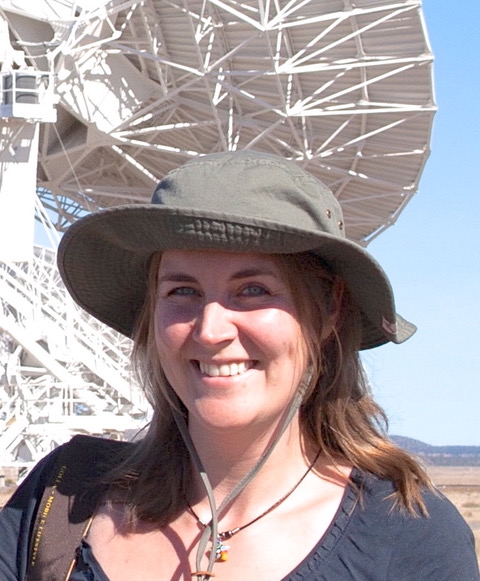Core Team

- twiegert@iaa.es
-
Dpto. Astronomía Extragaláctica
Instituto Astrofísica Andalucía
Glorieta de la Astronomía s/n
18008 Granada
Spain - https://twiegert.weebly.com
Background
I studied undergraduate physics and astronomy at the Gothenburg University in Sweden back in the day (an area I got into after having grown up near Sweden’s only radio observatory, Onsala). This resulted in a Master’s degree and a thesis based on optical Hubble data and high redshift galaxies. I then relocated to Winnipeg, Manitoba, Canada, to work on my PhD studies at the University of Manitoba for Dr. Jayanne English. The emphasis of my thesis was on rotation curves of nearby disk galaxies using neutral hydrogen data. I was looking for commonalities between galaxy rotation and a plethora of other characteristics. Moving on, but still in Canada, I ended up at Queen’s University in Kingston, Ontario for a postdoc for Judith Irwin, on an absolutely amazing project called CHANG-ES, Continuum halos of Nearby Spiral Galaxies, an EVLA Survey (named before VLA got it’s new name, which has made the acronym a bit tricky). This project was used as a commissioning project for the newly updated VLA, and I spent the 8 months on site at NRAO in Socorro, New Mexico, to set up and process 406 hours of observations with the task to figure out the best way of reducing these data. The project has a great team behind it, from all over the world, and it has resulted in a large number of papers and many PhD degrees. We have just entered “phase II” of CHANG-ES by adding on S-band VLA observations to our C and L bands and look forward to learning more about “our” galaxies’ magnetic fields as we dive into our new treasure trove of data.
I joined the IAA in July 2021, after a PhD and a postdoc in Canada (and lots of outreach work). My main research interests are on galaxy evolution and kinematics in nearby galaxies, mainly edge-on ones, and their extending gaseous halos and the interface between the disk and the halo as observed in continuum, including their magnetic fields. I am also intrigued by data analysis and instrumentation of different kinds (especially radio arrays), and am absolutely excited about the ongoing SKA development and the science we can look forward to in the near and far future from it.
Here at IAA and in AMIGA, part of my duties are working as a liaison between the Spanish astronomical community and the SKA development, and to find synergies that will help maximize the Spanish SKA related scientific return in as many astro areas as possible. I also have some time to conduct own research and would love to connect my background with the research of the AMIGA team where possible.